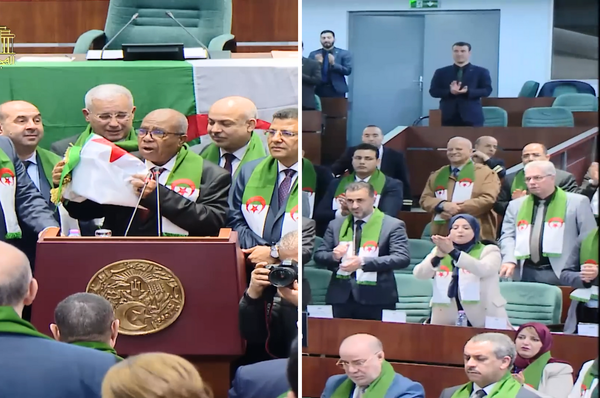Hong Kong University Has Removed Its Famous Tiananmen Square Massacre “Pillar Of Shame” Statue
An iconic sculpture commemorating the victims of the Tiananmen Square massacre has been removed from the Hong Kong University campus.

An iconic sculpture commemorating the victims of the Tiananmen Square massacre has been removed from the Hong Kong University campus.
The 8 meter tall (26 feet) “Pillar of Shame”, created by Danish artist Jens Galschiøt, shows 50 torn and contorted bodies piled on top of each other to symbolize those who died in the Chinese government’s bloody crackdown on pro-democracy protesters in 1989.
The words “The Tiananmen Massacre”, “June 4th 1989” and “The old cannot kill the young forever” are engraved in the base in both English and Chinese.
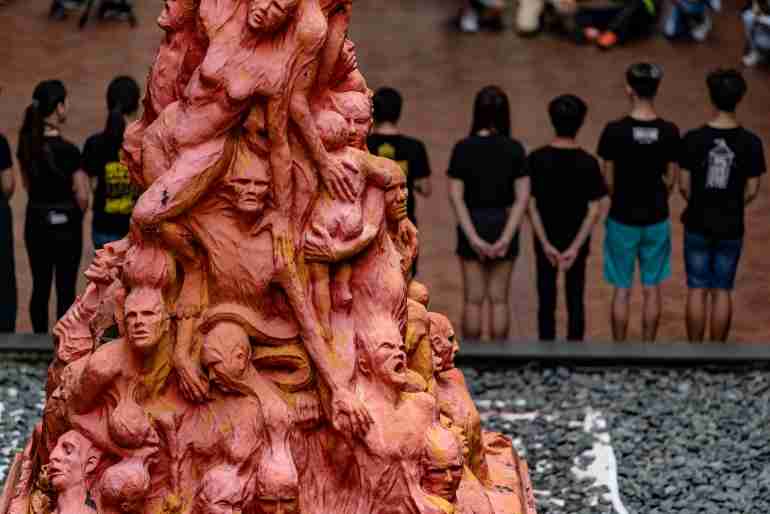
It was one of the last public memorials marking the incident that remained in Hong Kong and had sat on the HKU campus since 1997, when Britain handed Hong Kong back to China, according to the Guardian.
HKU had initially requested the statue be removed in October, drawing widespread criticism from human rights groups.
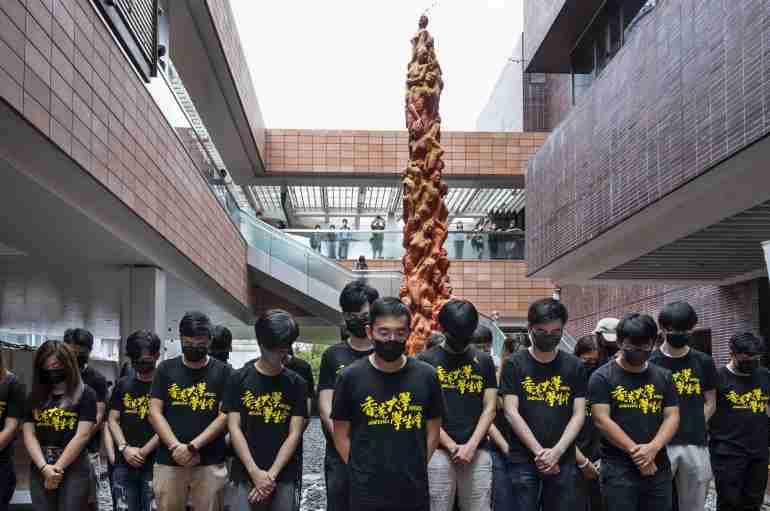
Workers fenced off the sculpture on Wednesday Dec. 22 and commenced its demolition overnight, blocking journalists and students from taking photos.
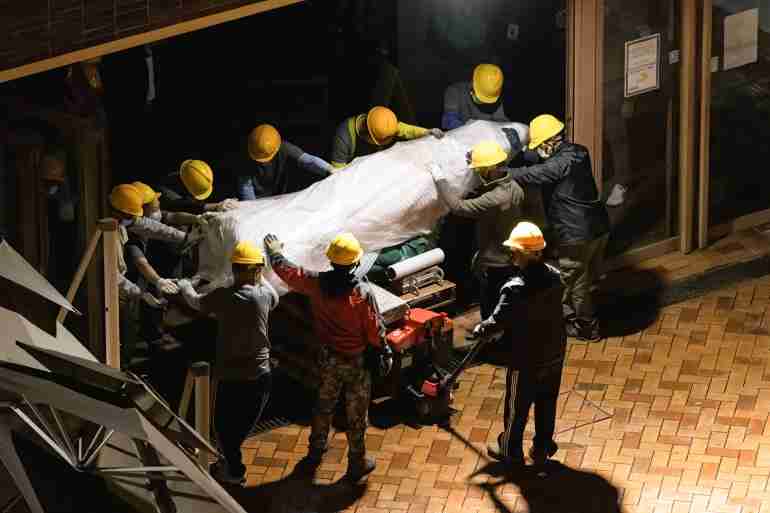
The statue was then wrapped in protective film and lifted out using a crane in two distinct parts, according to CNN.

“The decision on the aged statue was based on external legal advice and risk assessment for the best interest of the university,” HKU’s leadership council said in a statement on Thursday.
It added that it had received legal advice that the statue could breach “the city’s crimes ordinance, legislation enacted by the colonial government,” according to the Guardian.

The university said the work would be kept in storage and it would continue to seek legal advice on next steps.
Galschiøt said he was “shocked and saddened” by the news. He told the Guardian he had asked to go and collect the work but received no response.
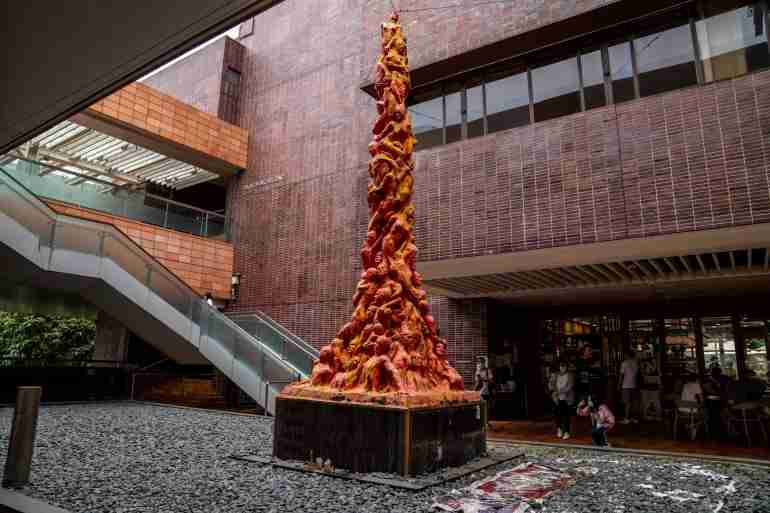
“If they destroy my work, I’ll seek compensation and demand the remaining pieces to be returned to Europe,” he said. “This is not about the national security law. This is my private property. It’s the Hong Kong law that says the authorities cannot destroy private properties like this.”
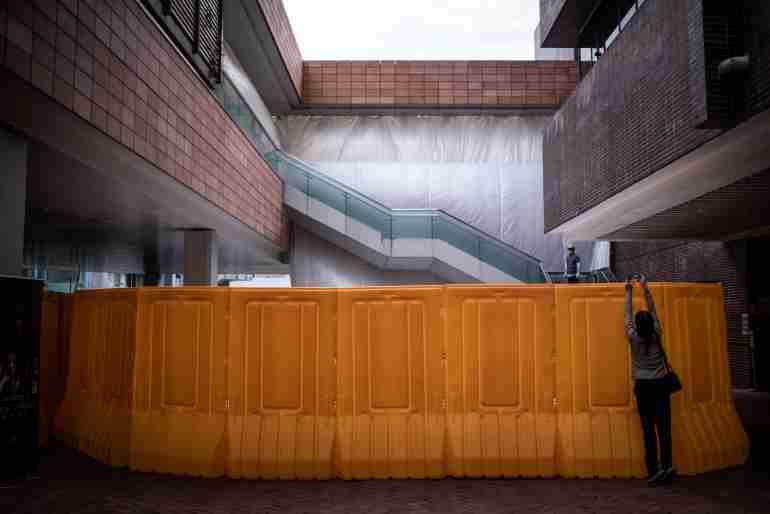
The Tiananmen Square Massacre in Beijing, China, occurred on June 4, 1989, when Chinese government troops armed with assault rifles and tanks killed several thousand student-led pro-democracy demonstrators.



